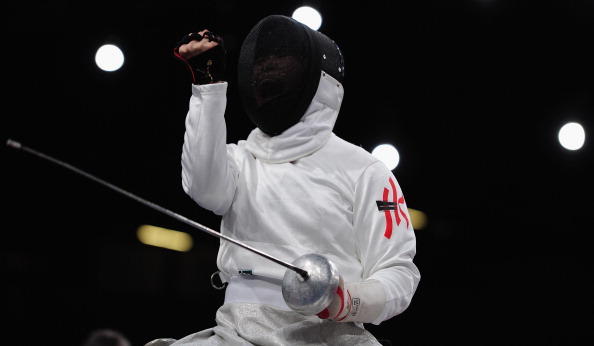How to Parry With an Epee

With a big guard and a triangular blade, an epee is a kind of a sword which is used in competitive fencing. Epee is commonly used in the actual duels of honour as compared to the other kinds of fencing because it is heavier than sabre or foil.
In epee fencing, you are allowed to hit the entire body of the opponent to score points. Arms or hand can be easily reached by your opponent, which is the reason why they suffer more blows than other parts of the body. In order to deflect an opponent’s attack, you can move your sword arm quickly to one side. This move is called parry.
Instructions
-
1
Stance
With your heels together, position your feet at a right angle. Make sure that your dominant foot is pointing towards the opponent. Whenever you wish to step forward in epee fencing, you should be using your dominant foot and both of your feet should be a shoulder-width apart. Until your forward shin is vertical, you need to lower your body.
With the tip of your epee slightly raised and the elbow of your sword-arm bent, you need to point your epee towards the opponent. Slightly lift the other arm behind your back so that it does not come in the way of your moves. This stance is referred to as 'On-Guard' position in epee fencing. -
2
Return to the original stance after each lunge
After each and every move, you should immediately come back to the On-Guard position. You must have sharp reflexes and extreme agility to return to the original stance after a lunge. On-Guard stance is also crucial when you are looking to do a parry with an epee. -
3
Execute a parry
In order to stop the incoming attack of your opponent, you need to move your arm swiftly to one side so that the opponent’s blade is deflected. The parry should not be too strong, without a big follow through. The movement of your arm should be just enough to stop the attack. Otherwise, you may allow the blade of your opponent to hit you.
Without altering the angle of your arm or the blade while you are parrying, you should just move the sword arm in a horizontal direction. -
4
Counter attack after parrying
If you have been successful in the execution of the parry, you can make it even more effective by counter-attacking immediately, not giving any time to the opponent to recover.







